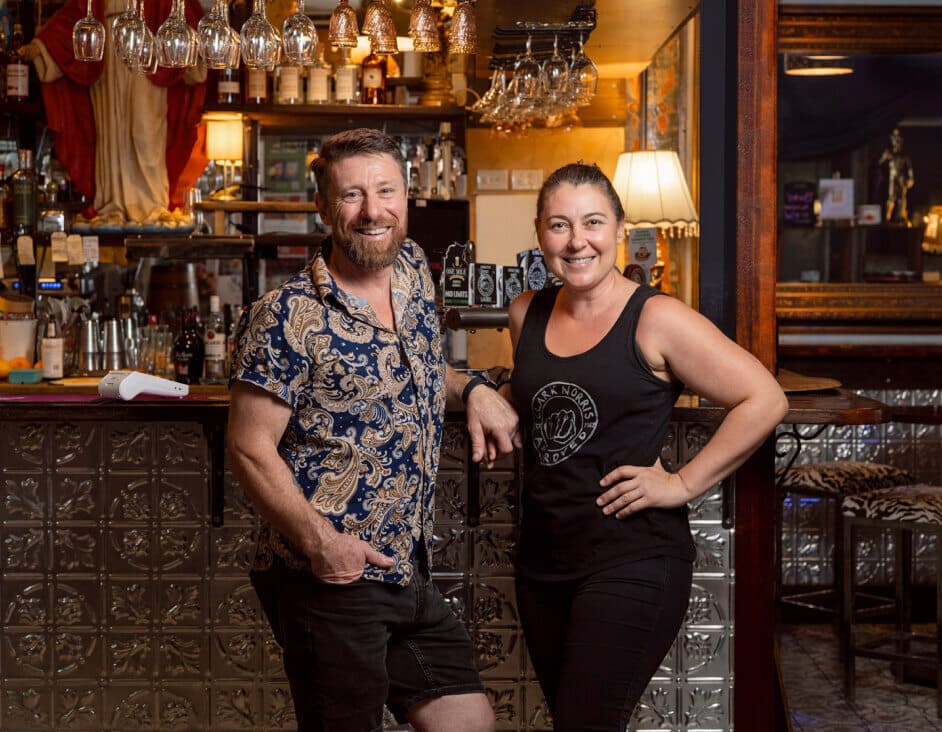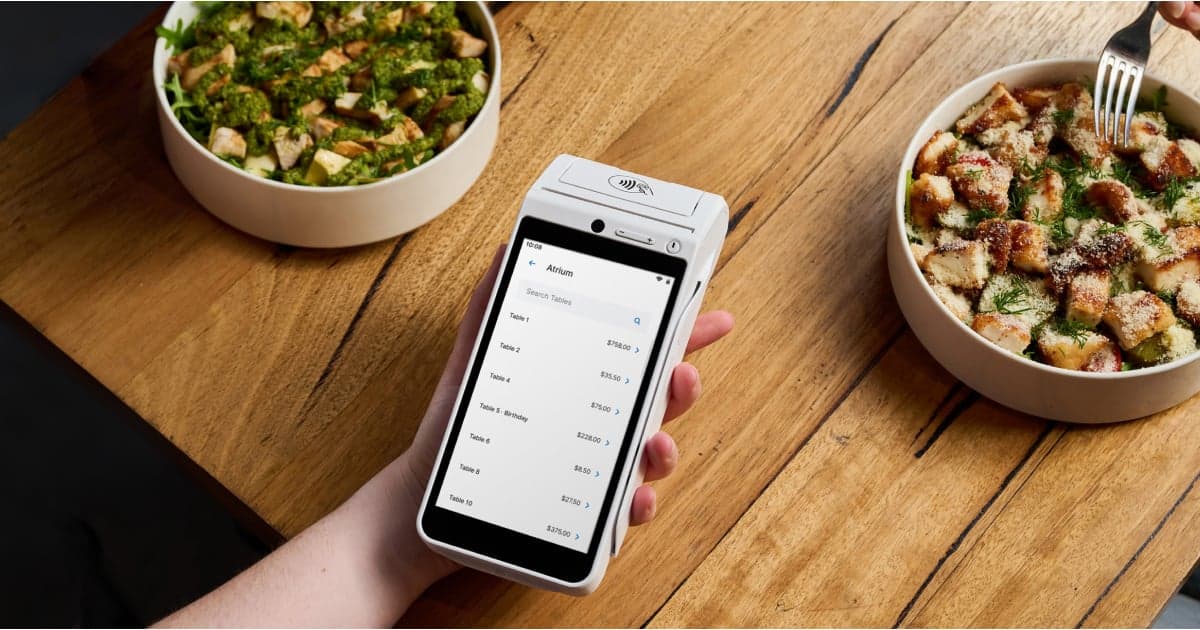
- Zeller for Startups
Top Tips on Marketing for Australian Startups
Launching a startup without a marketing plan is like putting all the effort into throwing a party and then forgetting to invite anyone.
For founders juggling a million things, nailing your early-stage marketing can mean the difference between gaining traction and burning through your budget. The good news is you don’t need piles of cash to make an impact, you just need to employ some smart tactics. Here’s our best practice guide on early stage startup marketing.
Find your people, then speak their language.
Start by understanding who you're targeting. The more specific, the better. Research their needs, pain points, habits and where they spend time online. Are they scrolling Instagram on their lunch break, or browsing LinkedIn late at night? The more you know, the sharper your messaging can be.
Use Linkedin surveys, Facebook polls, or informal chats to gather insights from potential customers, stakeholders, and decision makers. You can even create profiles of your ideal customers to guide your marketing. Then, define your value proposition – why your startup exists, how you’re different, and what problem you solve.
Once your positioning is clear, build a consistent brand identity. This includes your values, visual style and tone of voice. A strong, consistent brand builds recognition and trust. Stay true to it across all touchpoints, from your website and socials to your email footers and packaging.
Create relevant content people actually want.
Content marketing is one of the most cost-effective ways to bring in leads, and begin to establish your startup’s brand. Instead of just selling, create blog posts, videos, or guides that help your audience solve problems or learn something new. For example, If you’re launching a fintech app, create content that explains industry trends or compliance tips. If you’re in e-commerce logistics, share posts about optimising delivery times or inventory management.
Good content is helpful, entertaining, or both. Think about what your ideal customer is Googling, and become the answer to that question. Share real experiences from your journey. Founder stories, customer Q&As, and “how we built this” blogs can humanise your brand and boost engagement.
Keep it simple. You don’t need perfectly polished production – even casual videos posted to Linkedin, or blog posts can work if they’re genuinely helpful. Focus on quality and consistency. A post every two weeks or short weekly videos can build trust and improve your visibility over time.
Pick your platforms wisely.
You don’t need to be everywhere, just where your customers are. For example, Instagram and TikTok are great for building awareness through visual storytelling, especially for consumer brands. LinkedIn suits B2B and tech startups looking to attract talent, connect with early adopters, or raise capital. Facebook can work well for building communities or reaching local audiences with targeted groups and events.
Post regularly and respond to comments and messages promptly to show you care. Show behind-the-scenes moments, customer stories, quick tips, or team updates. Early supporters want to see the people behind the product. Use platform analytics to learn what works and tweak your content accordingly. Test different formats, like polls, carousels, reels and live Q&As, then double down on the ones that get traction.
Pay attention to what your audience finds engaging. A simple reel or story can often get more traction than a polished campaign. Don’t be afraid to experiment. It’s about connection more than perfection.
Avoid paying for every click.
If your business has a physical location or serves a specific region, be sure to set up a free Google Business Profile. This boosts your visibility in local search results and maps. It also allows customers to find your contact info, hours, reviews, and photos quickly. Plus, you can post updates and respond to reviews directly, building trust and credibility with minimal effort.
Start by thinking about what your customers might be Googling, and build a keyword list around those terms. For example, if you're building a music collaboration platform, you might target phrases like “real-time DAW for remote bands” or “how to record music online with others”. Use these naturally in your landing page headlines, subheadings, and meta descriptions – and make sure your copy actually delivers on what the searcher expects. Google's algorithms are smart enough to spot keyword stuffing or clickbait, so relevance and clarity matter more than cleverness.
Use tools like Google Search Console to track your performance, and make sure your site loads quickly and looks good on mobile since most users now browse on their phones. Use free tools like Google’s PageSpeed Insights to see how your site stacks up.
Add internal links between blog posts and product pages, and earn backlinks by guest posting or getting listed in directories. SEO is a slow burn, but the return on investment is massive.
Slide into inboxes the right way.
Email remains one of the most effective marketing tools for startups. Start building a list early by offering something in return, like a discount, free guide, or early access. Add sign-up forms to your site and social media profiles.
Keep your emails simple and relevant. Share updates, tips, or offers that add value. Sharing behind-the-scenes stories or offering early access to new products helps build loyalty and keep your audience engaged. Don’t flood inboxes – one or two emails a month is plenty. Use tools like Mailchimp or ConvertKit to manage your list and send automated messages.
Try to segment your list if you can. For example, send different messages to potential customers vs. returning ones. It helps improve open rates and keeps your emails feeling personal. Over time, your email list becomes an owned audience, one you can speak to directly without relying on algorithms.
Say howdy to a partnership.
Collaborations can help you expand your reach without having to spend much. Partner with complementary businesses to run joint giveaways, events, or content.
Look for partners whose audiences overlap with yours but aren’t direct competitors. You can also trade shoutouts on social media or guest blog posts – it’s a great way to reach new people and build credibility. Bonus points if your partner has a loyal audience and strong brand alignment.
Build your fanbase.
Your early supporters can become powerful advocates. Create spaces for them to engage, like a private Facebook or WhatsApp group, or even physical meetups.
Encourage user-generated content, like photos or stories featuring your product. Repost and celebrate your community. It makes people feel part of your journey and builds word-of-mouth.
Ask for testimonials, reviews, and feedback. The more invested your early users feel, the more likely they’ll be to stick around and spread the word. Community-building takes time, but it pays off. Loyal fans are more likely to recommend you, and support your future initiatives.
Consider micro-influencers.
You don’t need big-name celebrities to get noticed. Micro-influencers (with 1,000 to 20,000 followers) often have higher engagement and charge far less. Find people whose audience aligns with yours and who genuinely like your product.
Offer to send them your product for free. If they like it, they may post about it. You can also collaborate on content, like live chats, takeovers, or co-hosted events. Keep it authentic. Influencer content works best when it feels natural, not scripted.
Work smarter with automation and AI.
Gone are the days of needing a massive team to market like a pro. AI tools can help you move faster, make better decisions, and scale your marketing without blowing your budget. Use platforms like ChatGPT or Claude to brainstorm ideas or refine copy. For design, apps like Canva’s Magic Studio, Adobe Firefly and Google Veo can help you quickly create high-quality graphics, social posts and even video content without needing a full creative team. If you’re running email campaigns, AI features in platforms like Mailchimp or ActiveCampaign can recommend send times, subject lines, and automated workflows based on customer behaviour.
Not every tool is worth your time – some are all hype and no real help – but the right stack can reduce the tedious work and free you up to focus on strategy and customer connection.
Test, tweak, repeat.
Use free tools like Google Analytics or social platform insights to track your performance. See what content people engage with, which channels drive traffic, and where conversions come from. Use this data to improve.
Set clear goals for each channel, whether it’s traffic, leads, sales, or awareness, and review your progress monthly. Identify your best-performing posts or campaigns and repurpose them elsewhere.
Not everything will work, and that’s normal. The key is to test small, learn quickly, and double down on what works. Whether it’s an Instagram ad or a blog series, measure its impact and adapt as needed.
Be smart with paid ads.
You don’t need a huge budget to try paid marketing. Start small with Facebook, Instagram or Google Ads – even $10 to $20 a day can work to give you insights. Focus your targeting by picking a location, age range and selecting interests relevant to your audience.
Set clear goals for these ads. For example, are you aiming for sign-ups, purchases or brand awareness? Watch your results and tweak the creative or audience to improve performance. Don’t spend more until you’re confident the channel works.
Test different headlines, visuals, and calls to action. Use A/B testing to refine your ads and improve conversion rates. And always keep an eye on your cost per result, it’ll tell you whether your budget is being spent wisely.
Ready, set, grow!
Effective startup marketing isn’t about doing everything you can, all at once. It’s about doing the right things well. Focus on your customer, create value consistently, and stay open to trying new tactics. Most importantly, let your passion, personality and purpose come through. There’s a well-known saying in marketing attributed to Simon Sinek – “People don't buy what you do, they buy why you do it."
Finally, remember marketing is a marathon, not a sprint. But with persistence and a smart approach, you’ll build a presence that grows with your business.



